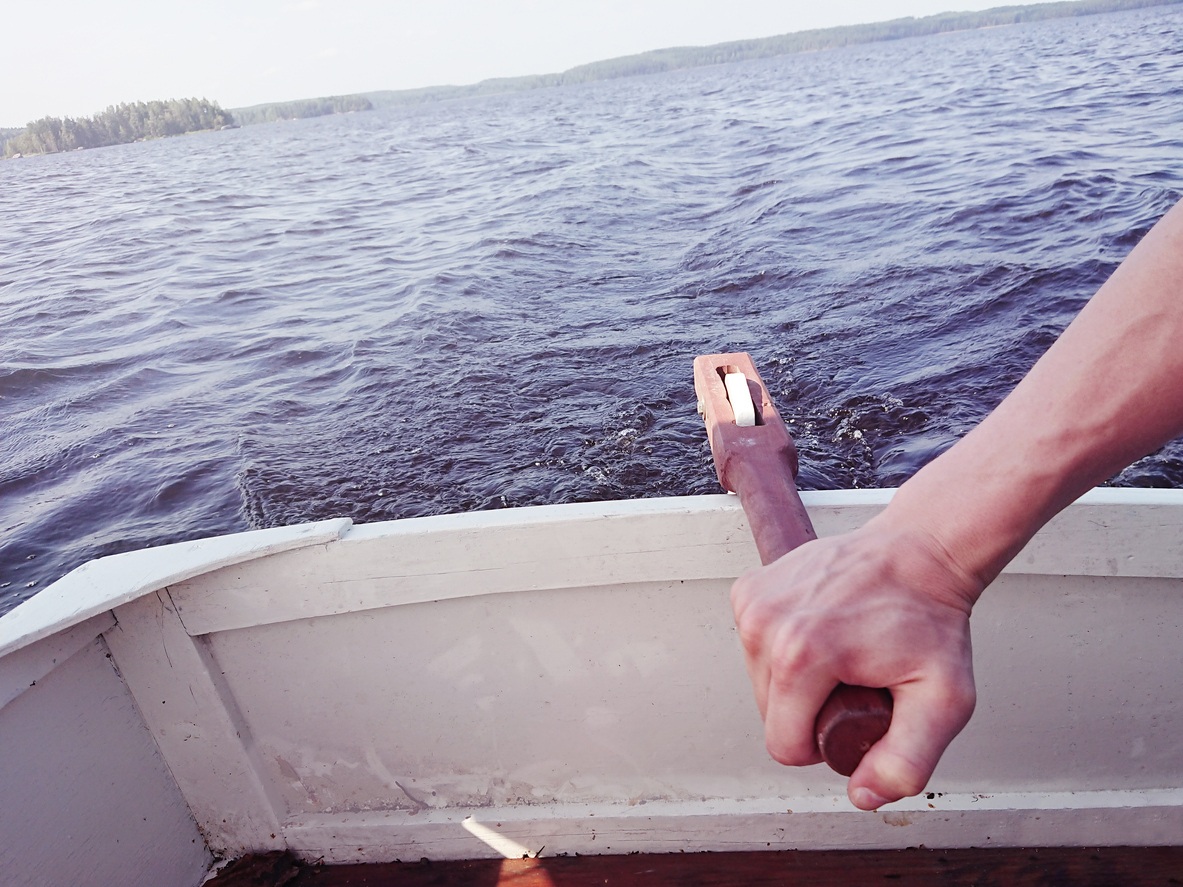Changing Direction with a Child is Hard Work—and Worth It
Imagine that you are moving forward on a lake in a small motorboat, on a day with no wind or current. At a fixed engine speed, you will tend to continue moving forward in an undisturbed straight line and at a steady speed—as predicted by a principle called inertia.
If you wish to turn the boat, you will require some kind of rudder, usually a flat piece of wood or metal attached to the rear of the boat. As you turn the rudder at an angle away from the direction of the boat’s movement, it creates resistance in the water in a way that causes the boat to turn.
We won’t go into the physics of how this happens. The rudder turns the boat, whether it be a small canoe or an aircraft carrier. If the boat is large, or moving quickly, considerable force may be required to turn the rudder enough to change the direction of the boat.
If we release the energy applied to the rudder, it will immediately return its former position, and the boat will travel in a straight line again.
Helping a Child Change Direction
With every day of life, human beings add experiences to their boat, the course of which is usually set to a large degree at an early age—at least by age four according to most psychological studies.
With experiences, the boat also grows in size and speed, creating an ever-increasing inertia, to the point that by adulthood people rarely change their direction. The boat is just too heavy and moving too fast to change its direction. Their rudder is too small, and they’re not strong enough to move it.
If we have not unconditionally loved our children from birth, they already have a large boat—which at some point is then called a ship—that is headed toward rocks and reefs that could damage or destroy them.
It is our responsibility as parents to help them change direction, and that means changing the angle of the rudder, which in many cases requires considerable energy.
One certainty is that we have to be utterly consistent. If you turn a rudder on a ship and then let go, it will not continue to turn in the direction you had intended. It will resume whatever position the ship was headed at the moment you let go.
Some parents complain that helping a child change direction is hard work. Yes, in the beginning, it really can be.
But that’s our job, to keep our children off the rocks as much as possible, and no matter how much effort we devote to the task, it’s far easier than dealing with the consequences of a ship hitting the rocks on the shore at full speed.
Summary
The course of a human being's life is usually set by age 4.
It is a parent's responsibility to help children change direction when they are headed in a dangerous way.
A parent must be utterly consistent in order to help the child make the needed changes.


